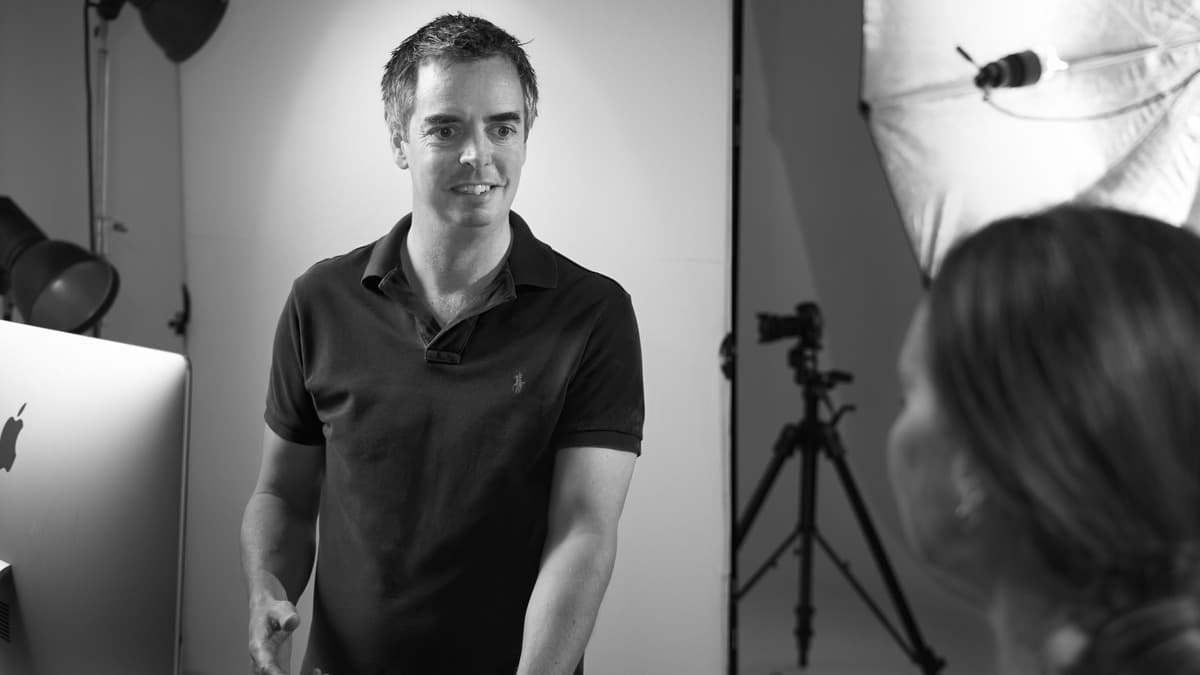A successful product marketing and sales campaign is driven by images that appeal to the target market, entice engagement and ultimately drive click-through to a call to action.
The future is digital and visual. Paramount to the success of marketing campaigns and driving business and sales outcomes, marketers and sales teams need easy and cost-effective solutions to develop content that cuts through. Enter, Computer-Generated Imagery (CGI) and 3D product rendering.
With a projected global market value of $50.6 billion by 2032, CGI and 3D product rendering are fast becoming the future of product marketing – saving time, cutting costs and delivering high quality content.
So, what is 3D product rendering? Using 3D models, commonly known as CAD files, 3D artists add textures and materials to create true-to-life models of a product. Lighting and cameras are then used to bring them to life and high-quality photo-realistic images are rendered.
Traditional photography vs 3D product rendering
In many ways the process of 3D product rendering is similar to a traditional photoshoot. The main difference is that there’s no need for physical products to be shipped from the country of manufacture and not all decisions need to be made in the heat of the moment on a photoshoot when time is of the essence.
There is still the need for professional lighting and camera techniques to achieve truly photo-realistic imagery. Having a professional photography team involved in your CGI projects ensures your images use real-world photographic experience using a professional photographer’s eye. A professional photographer can also ensure that the product is presented in a way that is consistent with the brand’s visual identity, helping to build consumer trust and brand recognition.
Where CGI truly wins over traditional photography is the ease and cost-effective way that additional content can be created without the need for booking another shoot. Once the 3D model is optimised, new content can be created quickly and easily at short notice. Which in today’s world of social media and e-commerce’s insatiable need for more content is a big win for marketers.
For example, after your traditional photoshoot has been done and images supplied. The product team may ask for a new camera angle or a short video. Too late right? Not with CGI, just brief it in and the new content can be created quickly and cost effectively.
Without the need for a physical product, 3D product rendering generates marketing content faster than ever. Marketers can gain a head start on creating imagery even before the final production of the products to maximise efficiency. With everything done through software, this also eliminates logistical nightmares that often arise from traditional shoots such as travel, props, product shipment and set design.
The benefits will revolutionise how you develop visual content
Now is the time to usher your business into the future of product marketing. Here’s why:
- Produce marketing imagery prior to final production of the products.
- Saves expense of shipping actual products from country of manufacture.
- Ease of creating imagery of additional Stock Keeping Units (SKUs), for example a different colour, or a variation.
- Cost effective solution for content creation. Once the 3D model is set up and approved, it is fast to create new content.
Implement implement implement
Many marketers or business professionals wouldn’t have heard of a Computer Aided Design (CAD) file, a digital file used to design and manufacture 3D product imagery.
How is this produced? Well, think of a CAD file as a car, but it has no paint, the seats have no leather or material covering them, the floor has no carpet, etc. If a brand has access to a CAD file, it enables a marketer to easily brief a 3D product renderer on what content you need. The process without a CAD is the same except a 3D model needs to be created from scratch. This can easily be created by having a physical product to copy, or photos of the product.
If you are looking for a 3D product renderer for your next marketing campaign or even just to enhance your product imagery, do your research on professional 3D product renderers in your area. Make sure you look at their previous work to get a feel for what they could do for you.
Keep up to date with our stories on LinkedIn, Twitter, Facebook and Instagram.

